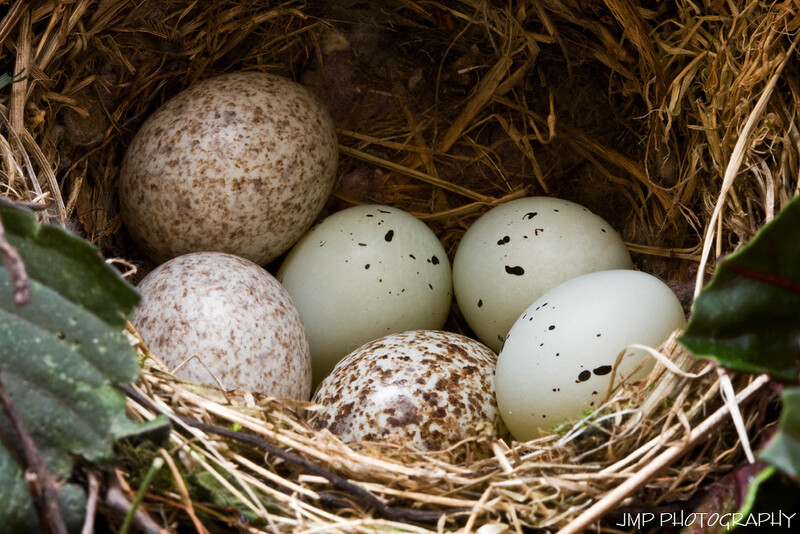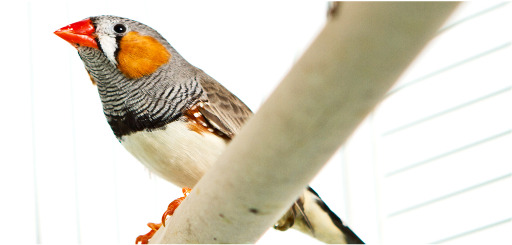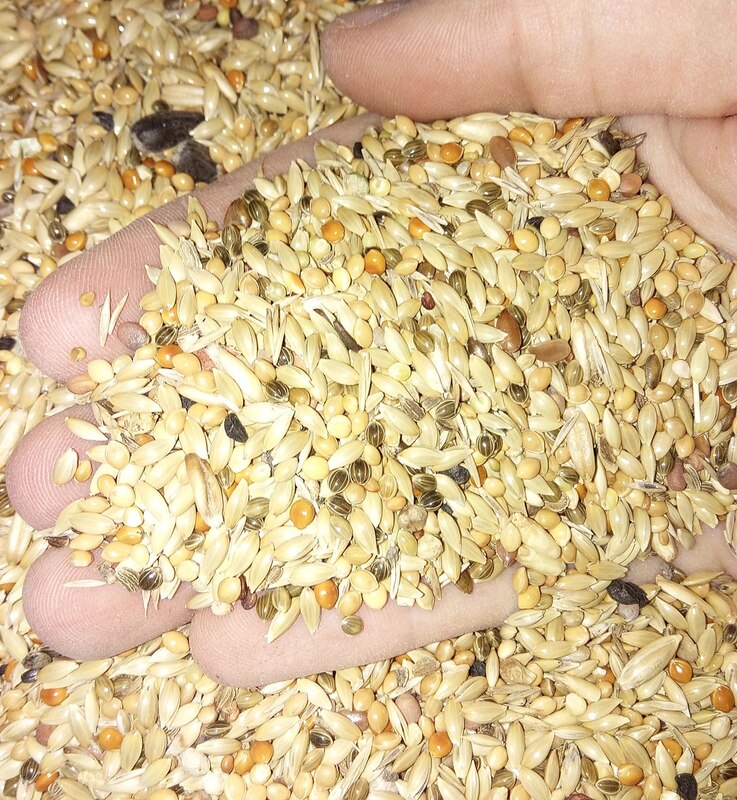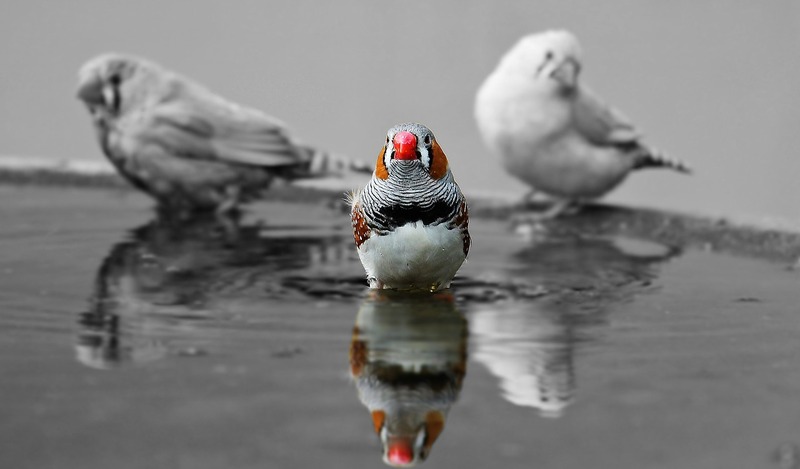Does mate quality influence the differential allocation of resources to developing eggs of female zebra finches?
Item
-
Title
Does mate quality influence the differential allocation of resources to developing eggs of female zebra finches?
-
Description
This dissemination piece investigates the effect of mate quality on maternal effect patterns of differential allocation and compensatory investment in zebra finch offspring. It also explores the adaptive function of these allocation patterns by investigating hormonal influences on offspring fitness.
-
References
Burley, N. (1988). The differential-allocation hypothesis: An experimental test. The American Naturalist, 132(5), 611– 628. https://doi.org/10.1086/284877
Balzer, A.L., & Williams, T.D. (1998). Do female zebra finches vary primary reproductive effort in relation to mate attractiveness? Behaviour, 135(3), 297–309. https://doi.org/10.1163/156853998793066230
Bolund, E., Schielzeth, H., & Forstmeier, W. (2009). Compensatory investment in zebra finches: Females lay larger eggs when paired to sexually unattractive males. Proceedings of the Royal Society B: Biological Sciences, 276(1657), 707–715. https://doi.org/10.1098/rspb.2008.1251
Gilbert, L., Williamson, K.A., Hazon, N., & Graves, J.A. (2006). Maternal effects due to male attractiveness affect offspring development in the zebra finch. Proceedings of the Royal Society B: Biological Sciences, 273(1595), 1765–1771. https://doi.org/10.1098/rspb.2006.3520
Griffith, S.C., & Buchanan, K.L. (2010). Maternal effects in the zebra finch: A model mother reviewed. Emu - Austral Ornithology, 110(3), 251–267. https://doi.org/10.1071/MU10006
Kathryn, E.A., Lucy, G., Helen, E.G., Kate, J.G., Aileen, A., & Ruedi, G.N. (2016). Paternal attractiveness and the effects of differential allocation of parental investment. Animal Behaviour, 113, 69–78.
Navara, K.J., Hill, G.E., & Mendonça, M.T. (2006). Yolk androgen deposition as a compensatory strategy. Behavioral Ecology and Sociobiology, 60(3), 392–398. https://doi.org/10.1007/s00265-006- 0177-1
Pariser, E.C., Gilbert, L., Hazon, N. Arnold, K.E., & Graves, J.A. (2012). Mind the gap: The ratio of yolk androgens and antioxidants varies between sons and daughter’s dependent on paternal attractiveness. Behavioral Ecology and Sociobiology, 66(4), 519–527. https://doi.org/10.1007/s00265-011-1300-5
Pariser, E.C., Mariette, M.M., & Griffith, S.C. (2010). Artificial ornaments manipulate intrinsic male quality in wild-caught zebra finches (Taeniopygia guttata). Behavioral Ecology, 21(2), 264–269. https://doi.org/10.1093/beheco/arp185
Rutkowska, J., Wilk, T., & Cichoń, M. (2007). Androgen-dependent maternal effects on offspring fitness in zebra finches. Behavioral Ecology and Sociobiology, 61(8), 1211–1217. https://doi.org/10.1007/s00265-007-0351-0
-
Category
Reproductive Behaviour & Parental Care





